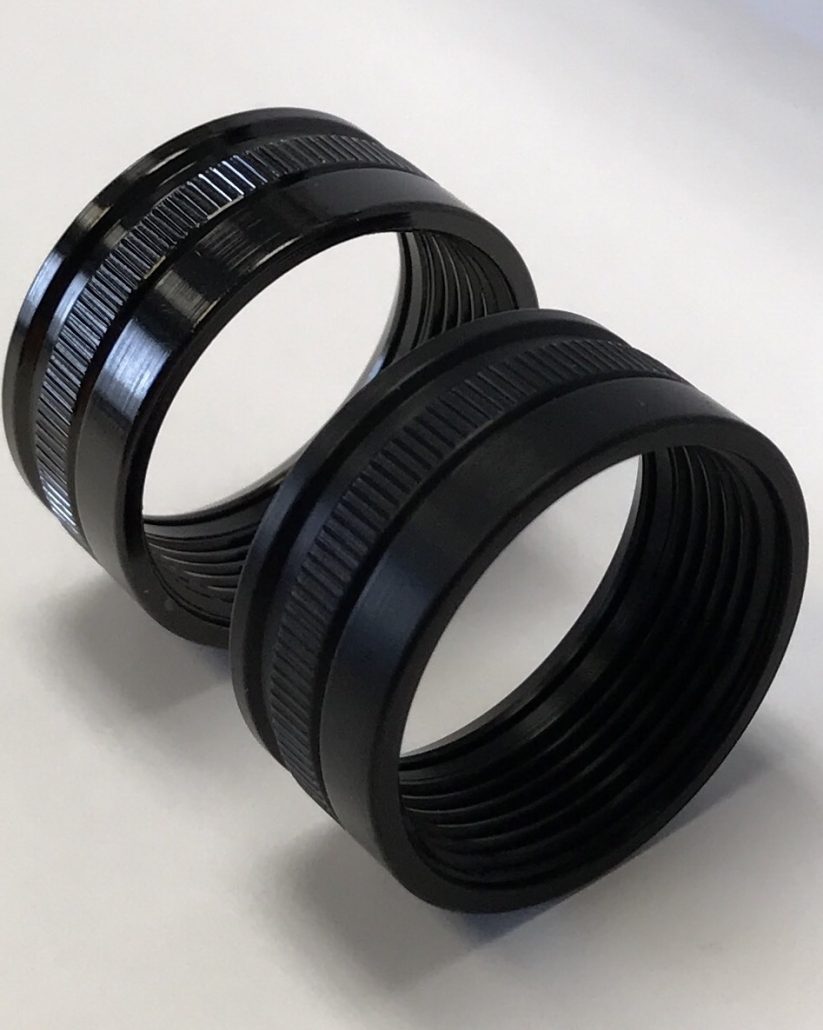 Electroless nickel plating is an alternative process to electroplating. It reduces your facility’s water and energy use and cuts down on the hazardous waste produced by the plating process. Electroless nickel plating can be used on metal or plastic parts.
Electroless nickel plating is an alternative process to electroplating. It reduces your facility’s water and energy use and cuts down on the hazardous waste produced by the plating process. Electroless nickel plating can be used on metal or plastic parts.
Instead of using electricity to convert the ions in the chemical bath to solids that adhere to your part, electroless nickel plating converts ions through a chemical auto-catalytic process. Here’s a look at the chemistries involved in electroless nickel plating.
Support Chemistries for Electroless Nickel Plating
The cornerstone of the electroless nickel plating process is a bath consisting of several chemical agents. When these agents are used in correct proportions and replenished regularly, the metal ions adhere uniformly to your part with little or no blistering.
The first additive for your chemical bath is the metal salt that contains the ions of the alloy you intend to plate your parts with. To convert these ions into solids that adhere to your part, you need a reducing agent. Hydrated sodium hypophosphite is a common reducing agent used in the electroless nickel plating process. The amount of the reducing agent present in the chemical bath determines the thickness of the metal coating on the parts.
In addition to the metal salt and reducing agent, your electroless plating bath requires stabilizers, wetting agents, and surfactants to promote adhesion and maintain a consistent and ideal pH. Stabilizers help control how well the metal ions adhere to your part. To reduce friction, you can add Teflon™ along with your wetting agent and surfactants. When your chemical bath is regularly monitored for ideal temperature and replenished regularly, electroless nickel plating can be a simple, effective, and sustainable way to plate your parts.
Three of Our Favorite Support Chemistry Products for Electroless Plating
Seacole’s electroless plating experts have identified several products that are best-in-class for adhesion, waste treatment, and specialized applications. Metal-Chem’s Meta-Mate Zincate 40 is a concentrated liquid pretreatment for aluminum parts that promotes adhesion while reducing blistering. When used with Metal-Chem’s electroless plating processes, Meta-Mate Zincate 40 will potentially allow more metal turnovers than other aluminum pretreatment formulations.
When a bath is spent, manufacturers usually send the remaining solution offsite or through a waste treatment system. Metal-Chem’s Meta-Treat EN is a waste treatment additive that eliminates costly investment in waste treatment equipment or offsite transport. The additive allows you to plate nickel onto scrap metal, such as steel wool, and then dispose of the nickel as a recoverable solid instead of hazardous waste. Meta-Treat EN reduces the nickel in your spent bath to less than 10 ppm.
Military, optical, and aerospace parts often require low-reflectivity coatings. Metal-Chem’s Meta-Black Midnite is a matte black coating used over low phosphorous EN to produce parts with excellent hardness and corrosion resistance. It is the only product of its kind that can be used with electroless nickel plating.
For help choosing the appropriate chemicals for your electroless nickel plating process, contact the experts at Seacole today.


